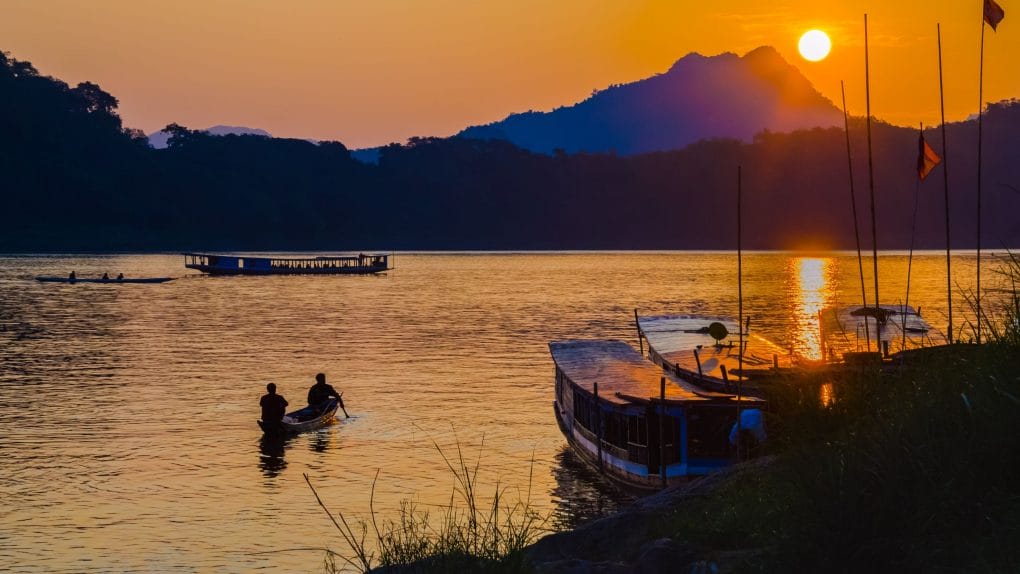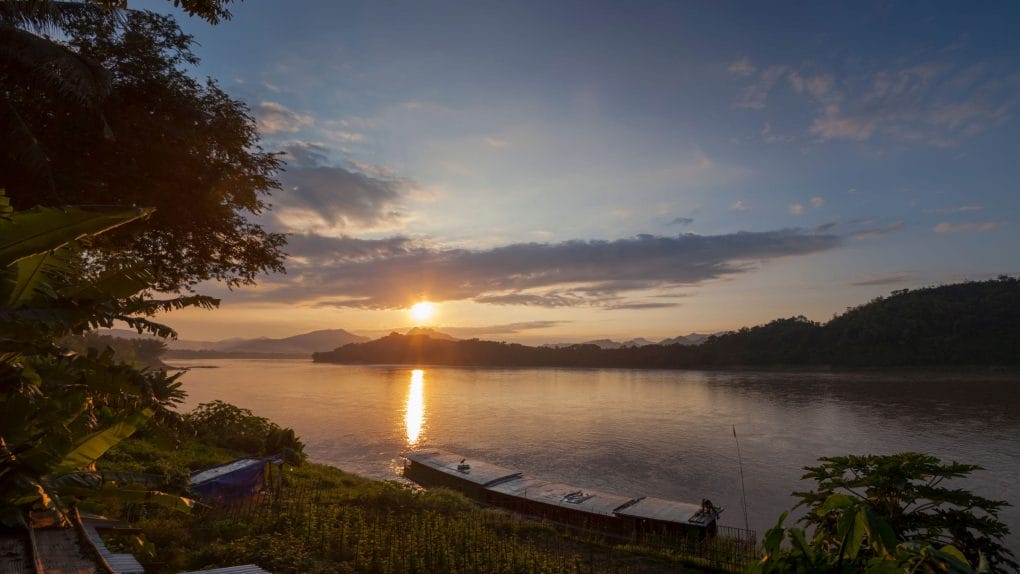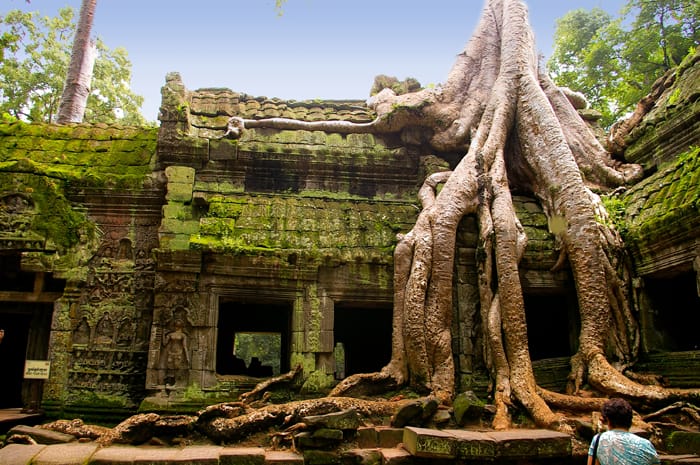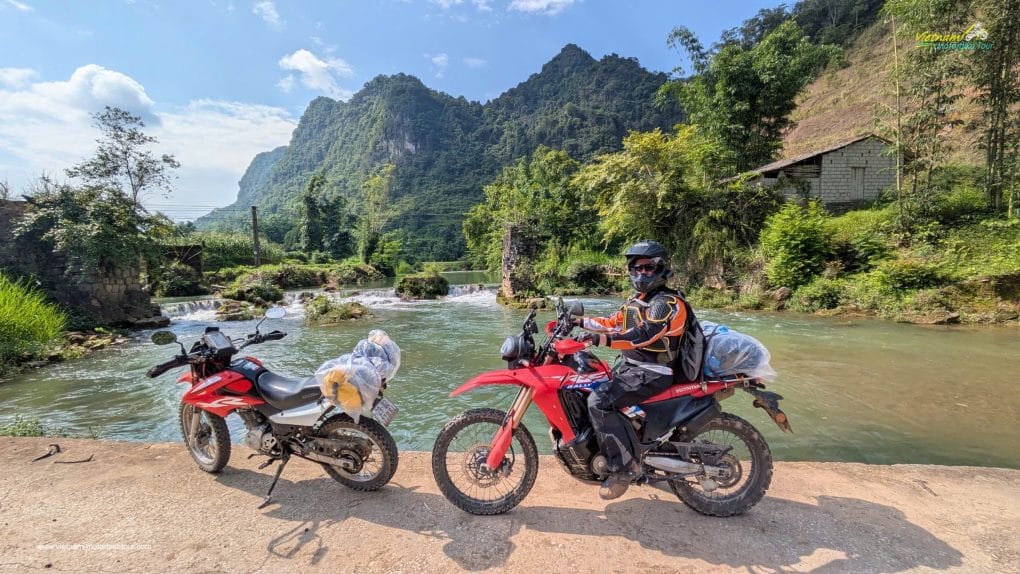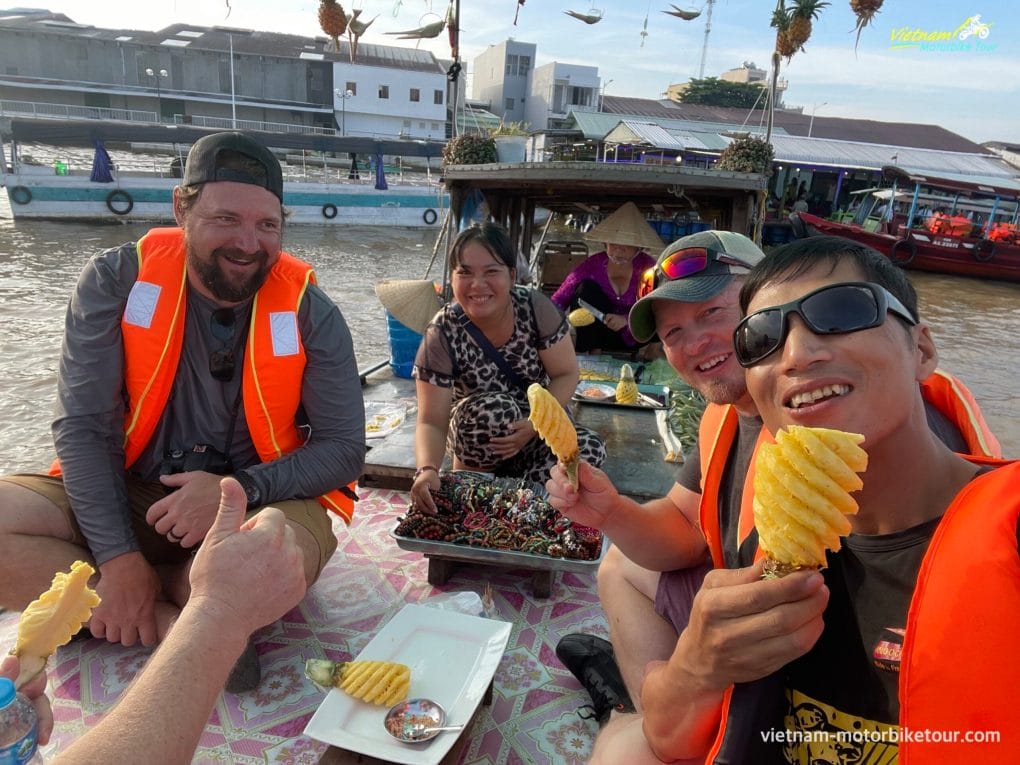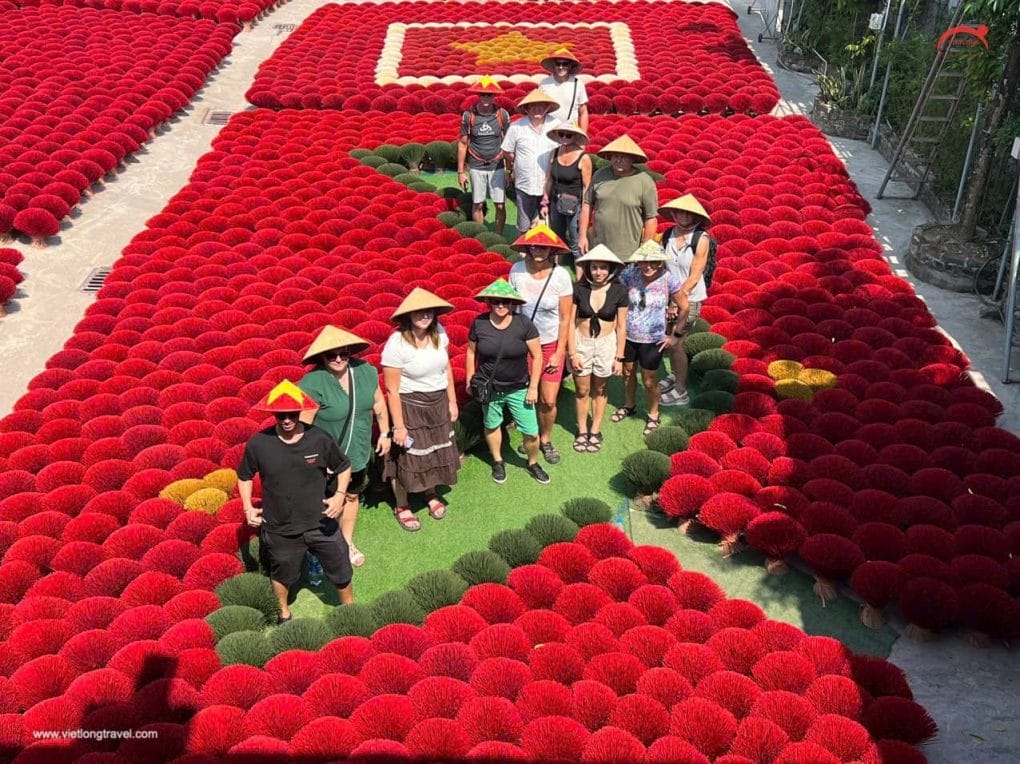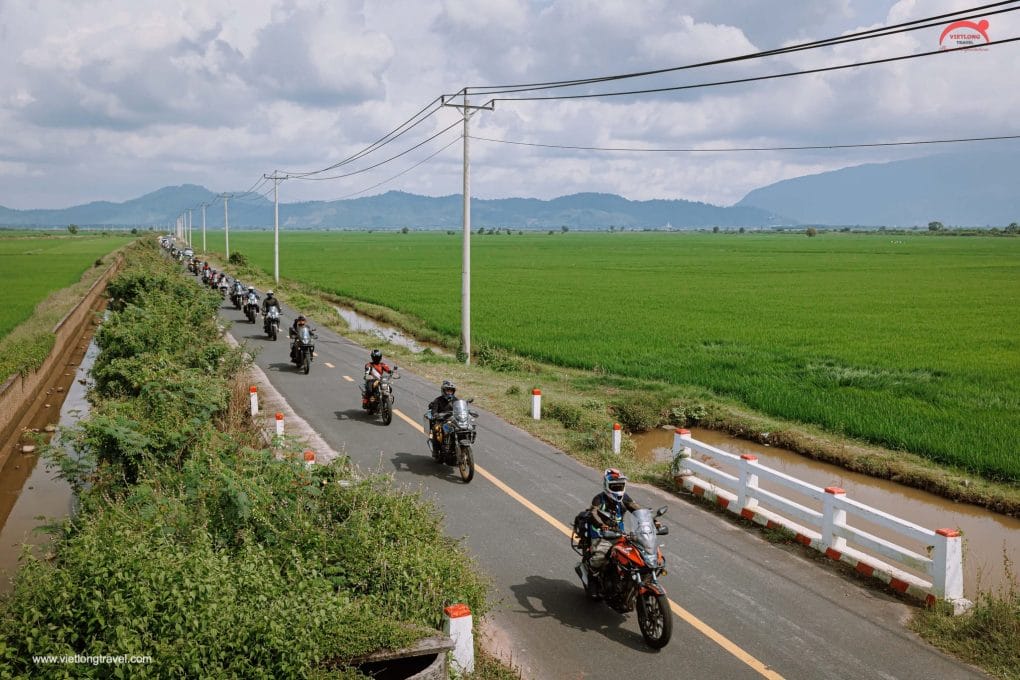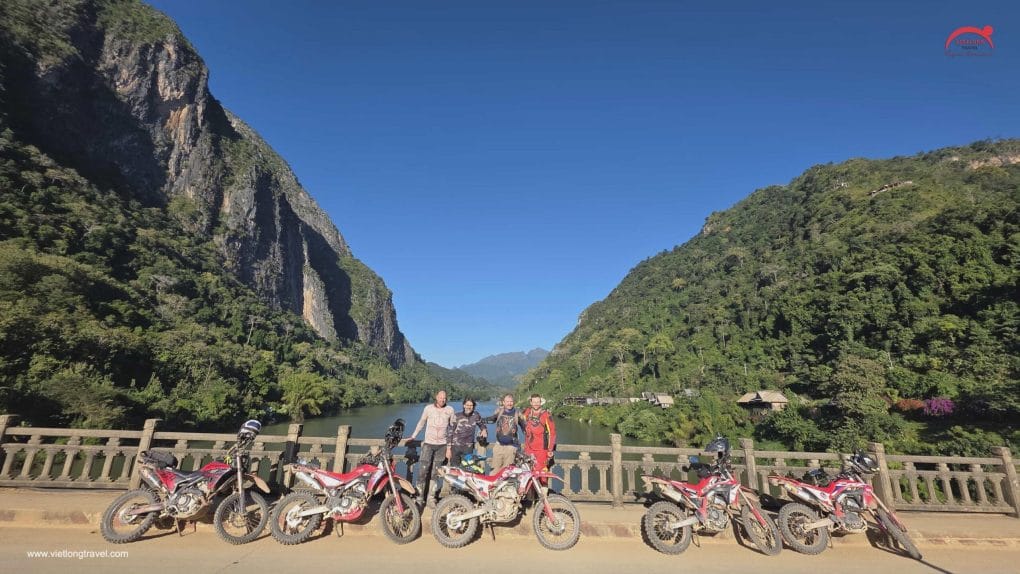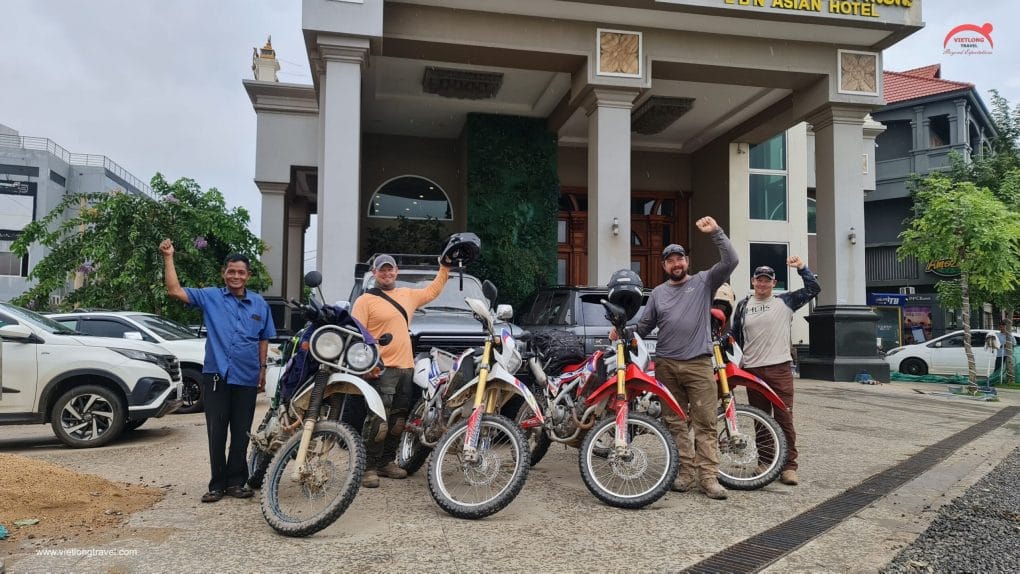Vietnam is a stunning travel destination with diverse landscapes and rich cultural experiences. Traveling during the low season offers numerous advantages, including fewer crowds, lower prices, and a more immersive local experience. But what are the typical weather conditions in Vietnam’s low season? Understanding the climate can help you plan a more enjoyable trip.
Vietnam’s low season typically falls between May and October, corresponding with the country’s rainy season. While the prospect of rain may seem daunting, the weather can vary significantly across different regions. Many travelers find that the occasional downpour does little to hinder their enjoyment of Vietnam’s natural and cultural treasures.
Weather Conditions by Region During Vietnam’s Low Season
1. Northern Vietnam: Hanoi, Sapa, and Ha Long Bay
-
Weather: Expect frequent showers, cloudy skies, and cooler temperatures, particularly in the mountainous areas like Sapa.
-
Temperature Range: 22°C to 30°C (72°F to 86°F).
-
Humidity: High, often reaching 85% or above.
-
Travel Tip: Despite the rain, Ha Long Bay offers mystical views through the mist, and trekking in Sapa becomes a lush, green experience.
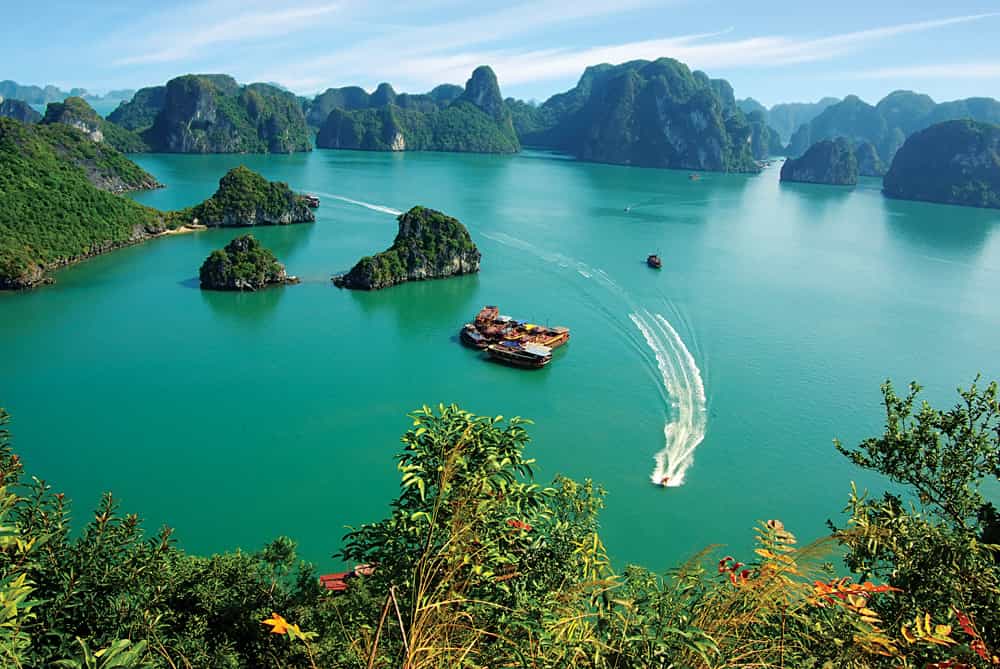
2. Central Vietnam: Da Nang, Hue, and Hoi An
-
Weather: Central Vietnam experiences intermittent rainfall, primarily from September to November. Coastal cities may encounter occasional typhoons.
-
Temperature Range: 24°C to 34°C (75°F to 93°F).
-
Humidity: Moderate to high.
-
Travel Tip: Enjoy cultural exploration in Hue and indulge in culinary delights in Hoi An without the peak-season crowds.
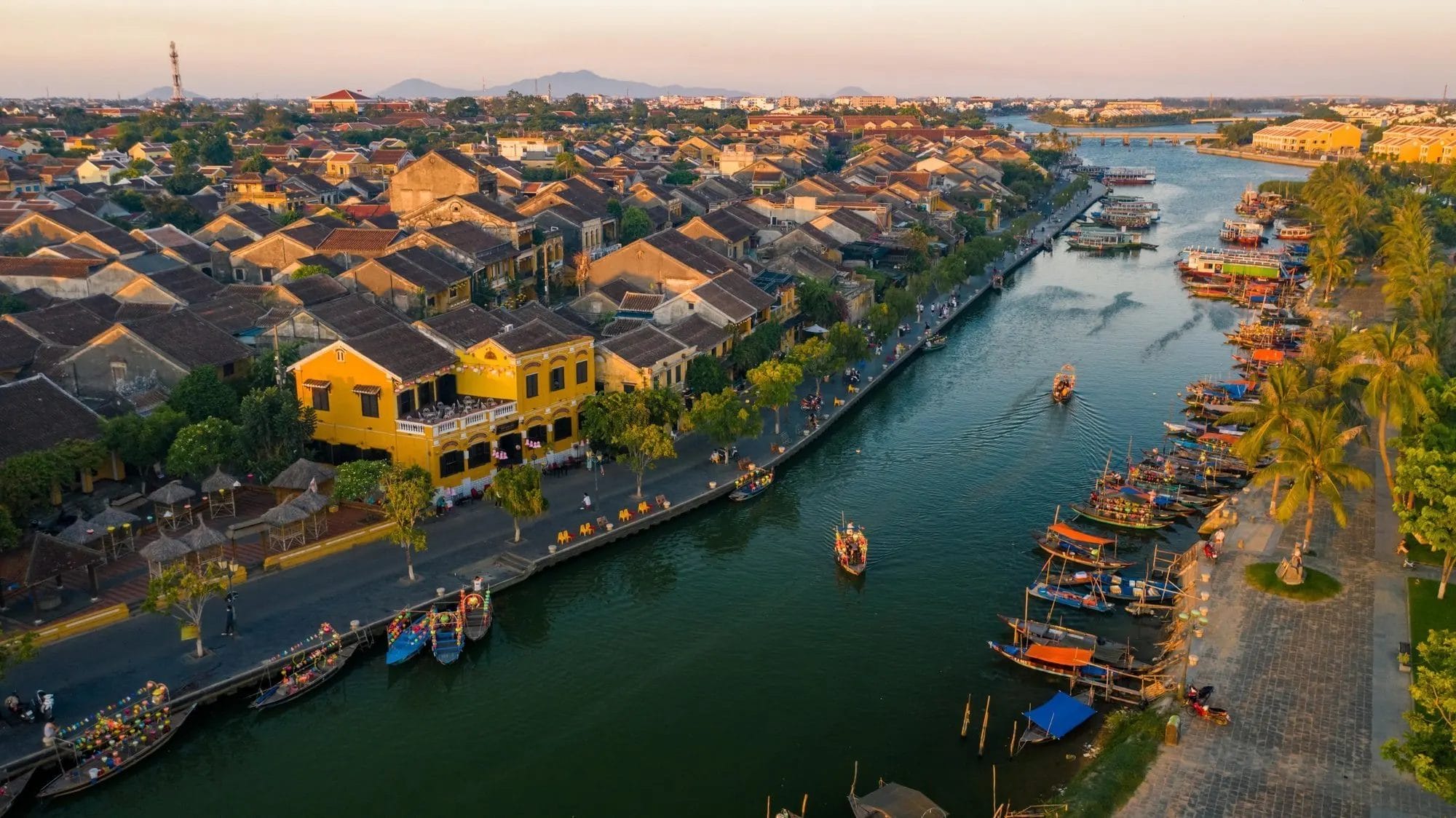
3. Southern Vietnam: Ho Chi Minh City and the Mekong Delta
-
Weather: Consistent rain showers, usually in the afternoon, with sunny mornings.
-
Temperature Range: 25°C to 35°C (77°F to 95°F).
-
Humidity: High, around 80% to 90%.
-
Travel Tip: Plan your excursions early in the day to avoid the heaviest rains. The Mekong Delta remains vibrant, offering authentic experiences with fewer tourists.
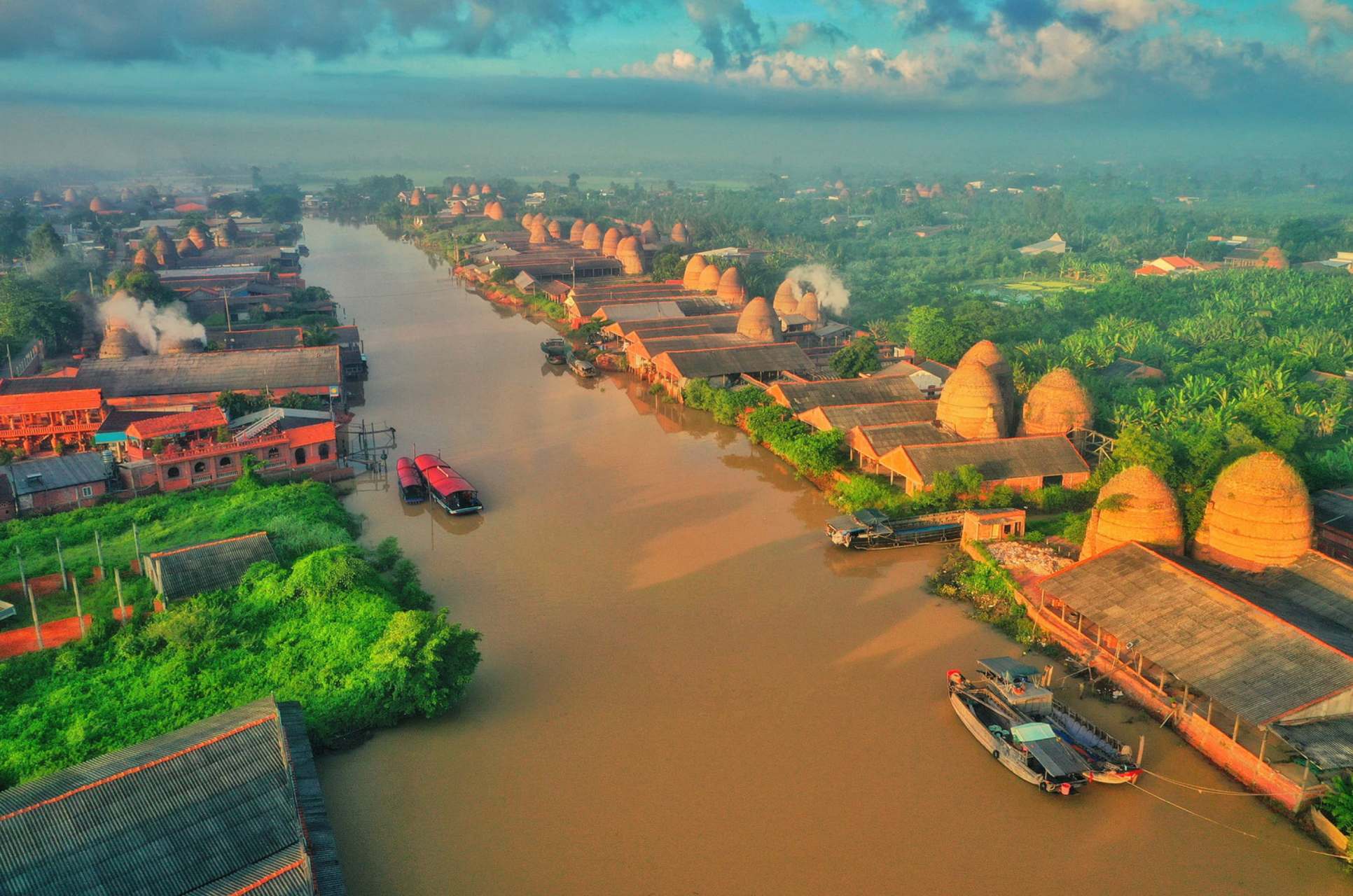
Why Travel to Vietnam in the Low Season?
-
Budget-Friendly: Airfare and accommodation prices are significantly lower during the off-peak season.
-
Fewer Crowds: Popular attractions like Ha Long Bay and Hoi An are more enjoyable without the tourist rush.
-
Authentic Experiences: Interact with locals and experience traditional Vietnamese culture without the commercialization of peak tourist seasons.
Essential Packing Tips for Vietnam’s Low Season
-
Waterproof Gear: Bring a light rain jacket, waterproof shoes, and an umbrella.
-
Moisture-Wicking Clothes: Ideal for humid environments.
-
Travel Insurance: Ensure coverage for weather-related disruptions.
-
Sunscreen and Insect Repellent: Protect against UV rays and mosquitoes.
FAQs: People Also Ask About Vietnam’s Low Season Weather
1. Is it worth traveling to Vietnam during the rainy season?
Yes! Vietnam’s low season offers budget-friendly deals, fewer tourists, and vibrant landscapes. The rain is often short-lived, allowing ample time for sightseeing.
2. Which region has the best weather in Vietnam’s low season?
Central Vietnam often experiences less rain compared to the north and south. Cities like Da Nang and Hoi An remain accessible and enjoyable.
3. How should I prepare for Vietnam’s low season weather?
Pack light waterproof clothing, wear breathable fabrics, and plan flexible itineraries to adjust for unexpected showers.
4. Can I still enjoy beaches in Vietnam’s low season?
Yes, especially in Central Vietnam. Beaches like My Khe in Da Nang often remain sunny in the mornings.
5. Are tourist attractions open in the low season?
Absolutely. Most attractions, including UNESCO World Heritage sites and major museums, operate year-round.
Ready to experience the beauty of Vietnam in the low season?
Discover unbeatable travel packages, explore cultural landmarks, and enjoy authentic experiences without the crowds.
Book your Vietnam low-season tour today and make memories that last a lifetime.



